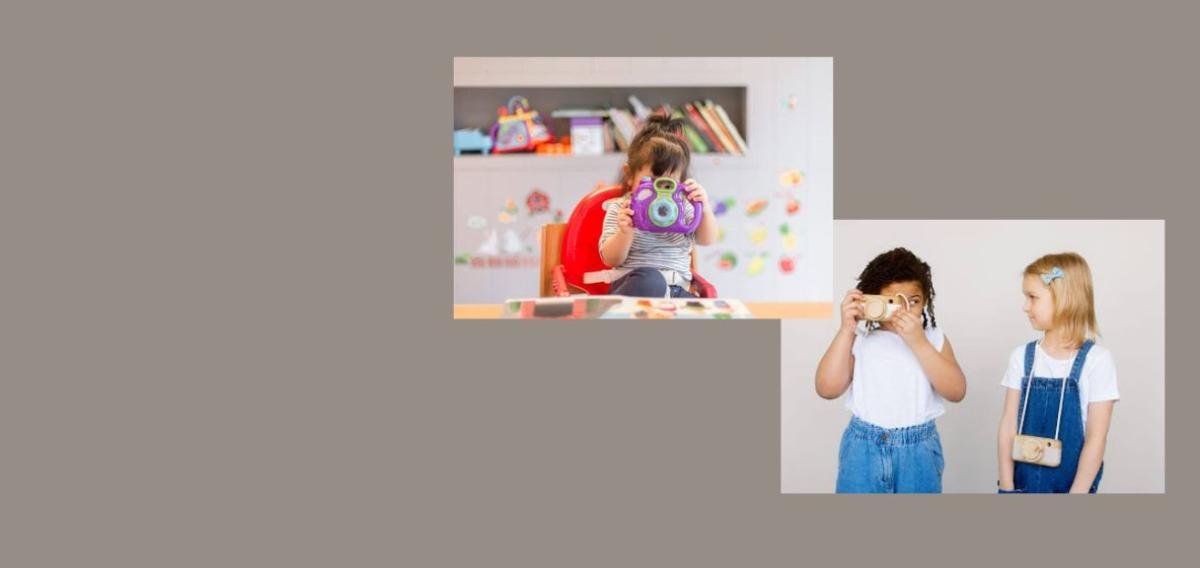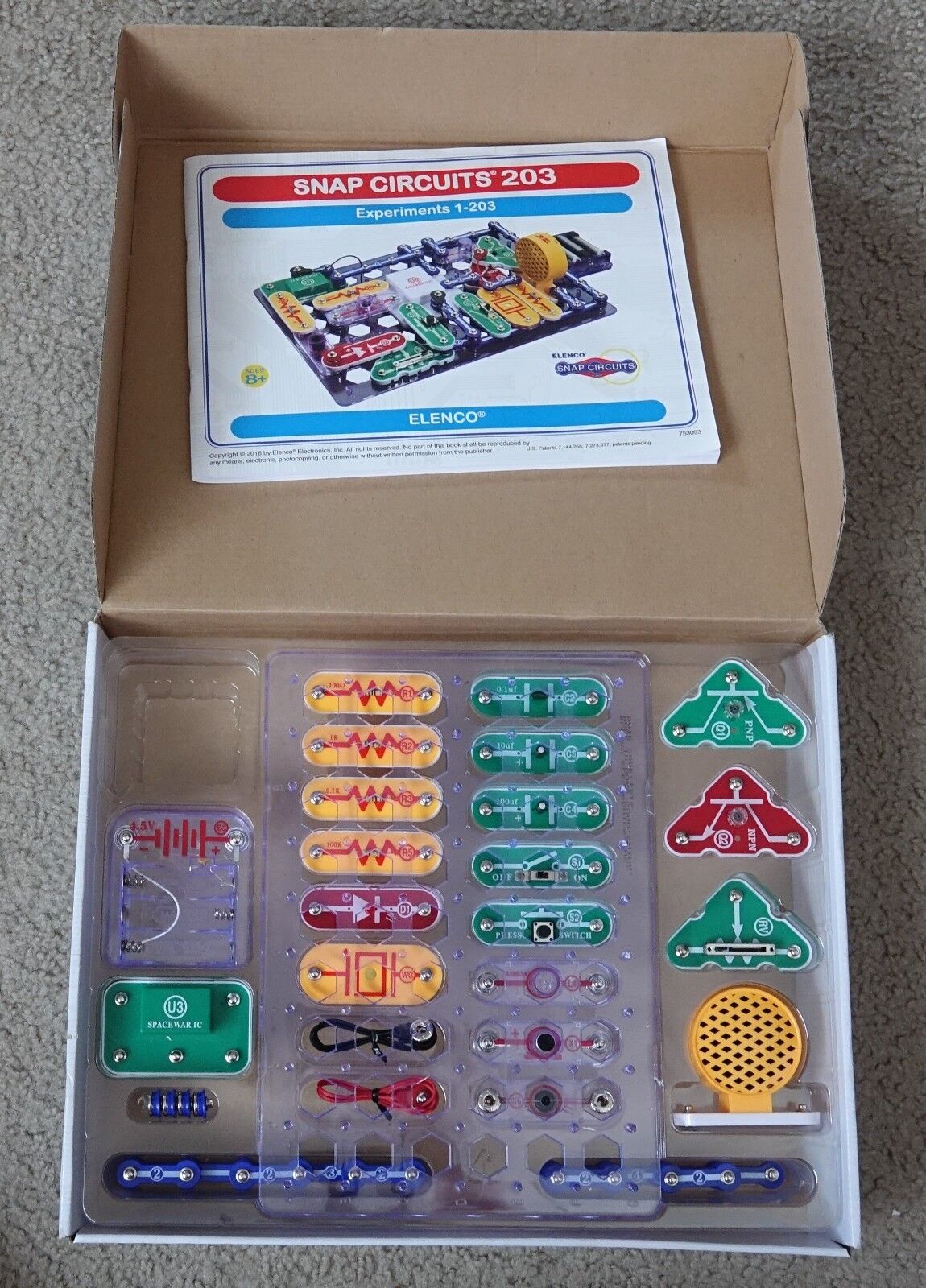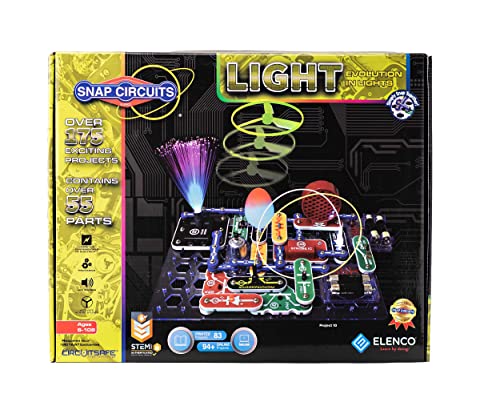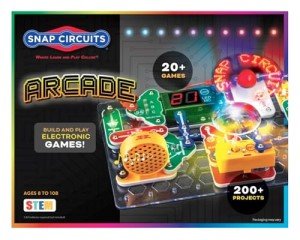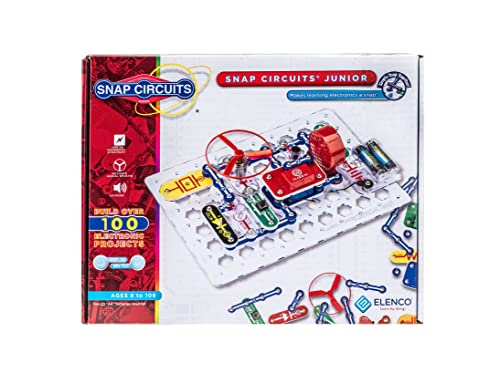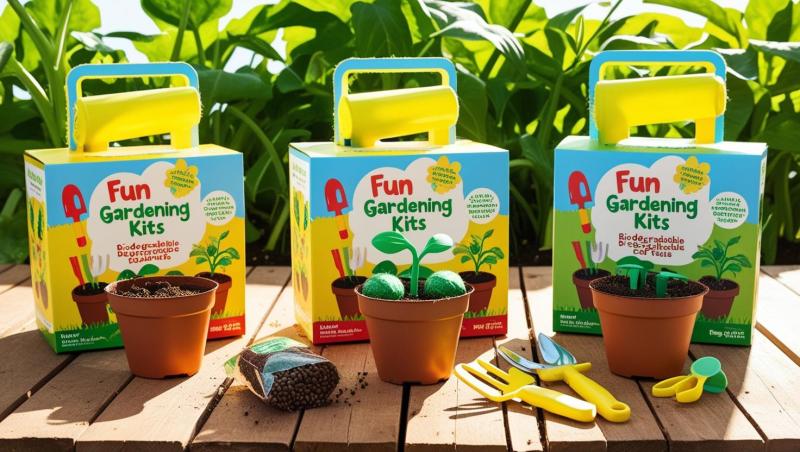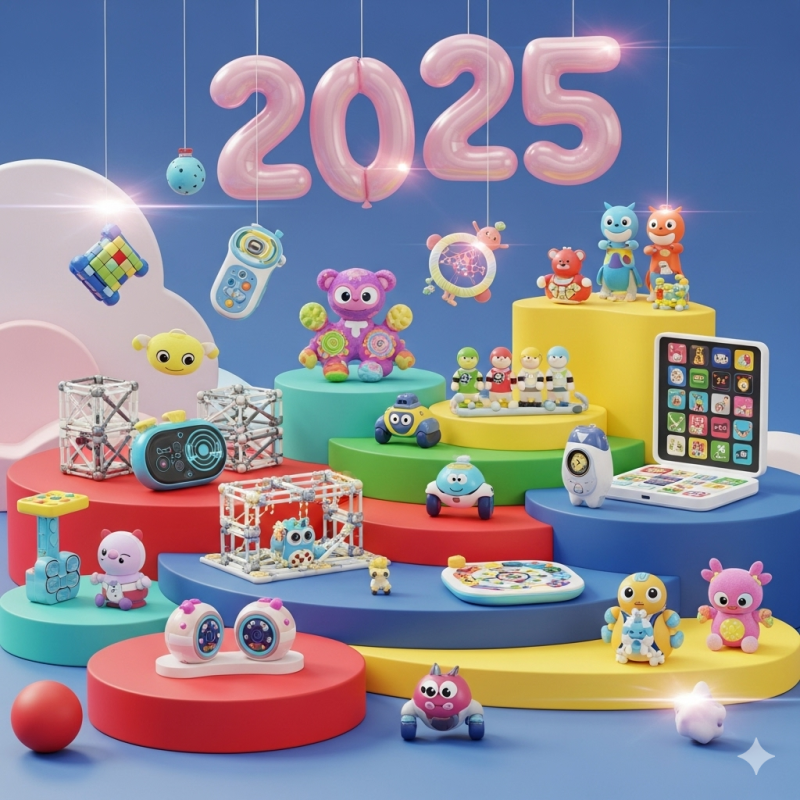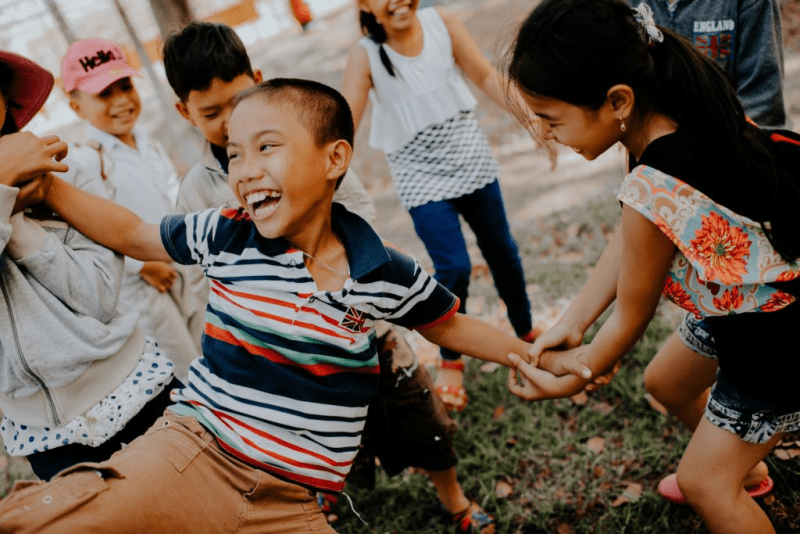We wanted our children to grow up in an atmosphere of love and tolerance. The last thing we wanted was influences such as toy guns to interfere with that environment. There is something deeply contradictory about telling children not to fight on the playground because violence is wrong, yet encouraging them to pretend to spray their friends with machine gun fire. While some argue it’s only pretend, toy guns, in reality, send a confusing message by giving a subtle seal of approval to violence. As alarming as it sounds, too often these days, toy guns can feel like a stepping stone to real guns.
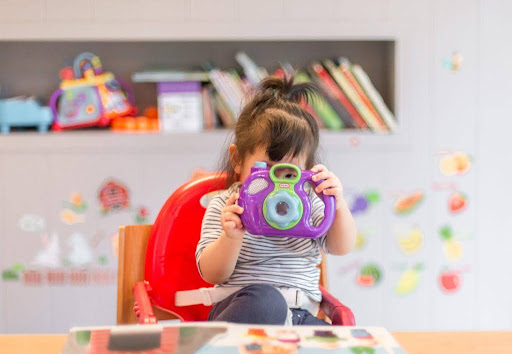
![]() Our society increasingly glamorizes violence through TV, movies, and video games. This ubiquity risks desensitizing young people to the reality and severity of violent acts. After playing games all day with toy guns or virtual firearms, youth may lose empathy for real victims of violence. Tragically, this desensitization can make joining gangs or engaging in real violent behavior seem “cool” or even normal, as seen in devastating events like the Columbine tragedy, which did not happen in isolation.
Our society increasingly glamorizes violence through TV, movies, and video games. This ubiquity risks desensitizing young people to the reality and severity of violent acts. After playing games all day with toy guns or virtual firearms, youth may lose empathy for real victims of violence. Tragically, this desensitization can make joining gangs or engaging in real violent behavior seem “cool” or even normal, as seen in devastating events like the Columbine tragedy, which did not happen in isolation.
Children need to be shown the genuine effects of violence—not through graphic or shocking scenes, but through honest education that violence results in serious and lasting harm. People who are shot or stabbed don’t simply get up and walk away; there is no honor or excitement in real violence. It is vital that we stop romanticizing wars and shootings as heroic or glamorous. A powerful way to bring this home would be for families to visit a veteran’s hospital or trauma center to see firsthand the consequences of real gunfire and conflict.
Research confirms that exposure to toy guns and weapon play can impact children’s attitudes and behavior. Studies show that even seeing weapons, including toy guns, can increase aggressive behavior, a phenomenon known as the “weapons effect.” Play involving toy guns can sometimes normalize aggressive responses as an acceptable way to handle conflict, reducing empathy toward real violence. This is particularly concerning given the developing brains and social learning that occur in childhood, when repeated exposure to violent stimuli can desensitize and alter emotional responses, potentially leading to increased aggression and diminished recognition of harm in later life.
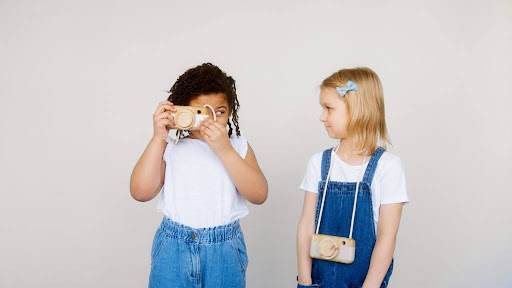
Yet, the debate is complex. Some researchers argue that play involving toy guns is not inherently violent but can symbolize leadership, power, and control. When children engage in pretend shooting in a safe environment, it may help them learn self-regulation and emotional control. Preventing such play might lead children to feel shame or hide their interests, which could cut off communication between parents and children. Still, these benefits must be balanced carefully against the risk of fostering attitudes that trivialize violence.
Whatever stance one takes, it is clear that adults must thoughtfully manage children’s exposure to violence, carefully monitor the nature of their play, and actively teach alternative, peaceful ways to solve conflicts. It is essential to guide children toward empathy and respect for life, discouraging aggressive or violent behavior at all stages.
Shifting from this serious topic, it is important to recognize positive and creative outlets for children that promote their development without exposure to violence. One example is encouraging children to explore photography, an enriching activity that can foster creativity, focus, and emotional growth.
As parents know all too well, toddlers quickly become fascinated with our smartphones, often eager to snap selfies and videos. While this digital curiosity is wonderful, it can become problematic when children repeatedly ask for the device or accidentally cause damage. Fortunately, specially designed cameras for young children now provide an excellent balance, allowing kids to enjoy photography safely and easily.
The Seckton toddler selfie camera is a great example of such a product. This camera is simple for young children to operate but offers surprisingly high-quality photos with an 8-megapixel resolution—significantly better than the older kid cameras that often struggled with poor image quality. The camera includes both a front-facing and selfie camera, making it easier for kids to capture images of themselves, family, and friends.
Beyond still photos, the Seckton camera can record full high-definition video at 1080p, matching the quality of many TVs and computer monitors today. One standout feature is its generous storage capacity: it includes a 32GB micro SD card, allowing thousands of photos to be stored before needing to move files off. Transferring pictures to a computer is straightforward with a USB cord, after which images can be shared digitally, printed, or saved for future enjoyment.
This toddler camera is designed with durability in mind. Its shockproof shell can withstand inevitable drops and rough handling by little hands. Furthermore, it comes with a lanyard to reduce the chances of accidental drops even further. Battery life is also impressive, taking just 2 hours to fully charge and lasting long enough to keep children engaged for extended play sessions.
Using a dedicated camera like the Seckton can offer children far more than just entertainment. Photography helps develop fine motor skills, hand-eye coordination, and attention to detail. Importantly, it nurtures creativity and self-expression as children experiment with framing shots and capturing the world from their unique perspectives. Unlike smartphones, which often distract with multiple apps, a simple camera focuses children’s attention on a single, creative activity.
Moreover, photography supports socio-emotional development by encouraging curiosity, empathy, and mindfulness. When children take pictures, they learn to observe the beauty in everyday moments, and this can foster a deeper connection to their environment and the people around them. Many educators and child development experts endorse giving children tools like cameras to explore their creativity and communicate their ideas in positive, meaningful ways.
In summary, while toy guns raise important concerns about the normalization of violence and the potential negative impact on children's attitudes, providing alternatives that foster creativity and emotional growth is equally vital. Encouraging children to capture their world through photography, using safe and toddler-friendly tools like the Seckton camera, offers a constructive outlet that supports development without the risks associated with violent play.
Parents and caregivers can make thoughtful choices, guiding children away from toy weapons and towards enriching activities that promote empathy, creativity, and healthy emotional expression. Together, we can help build a future generation growing up in love, tolerance, and awareness of the real consequences of violence—equipped with the tools and values to create and appreciate beauty rather than destruction.
